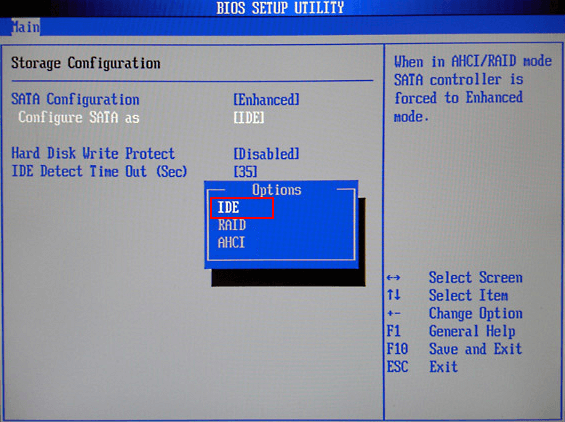


And note that frying doesn't have to show any signs of physical damage to the part. Even a relatively small change (about 15 percent) can fry the CPU. This should normally be left on, although if you're doing some serious overclocking, it may help with stability to turn it off.ĬPU Voltage: This is useful if you're overclocking, as higher clock speeds require higher voltages. This doesn't reduce the total amount of EMI, but it helps prevent all of it from being concentrated on the frequency of interest, namely the processor's clock frequency. Spread Spectrum: As the name suggests, this option is used to spread the electromagnetic interference (EMI) coming off the processor across a broader range of frequencies. However, this is only supported on the following processors: Changing this value is the easiest way to overclock. Normally, this only affects the cores themselves, and not the other parts of the processor, such as the memory controller or integrated GPU. However, since this affects everything on the processor, including memory controller and integrated GPU, you normally can't tweak this value very high before stability issues start.ĬPU Ratio: This allows you to change the frequency multiplier of the processor. If the motherboard supports changing this option, it provides is a universal way to overclock the processor, even if you don't have a processor that was marketed for it, such as Intel's non-K processors. BCLK/Base Clock: This is the main system clock for the processor.


 0 kommentar(er)
0 kommentar(er)
